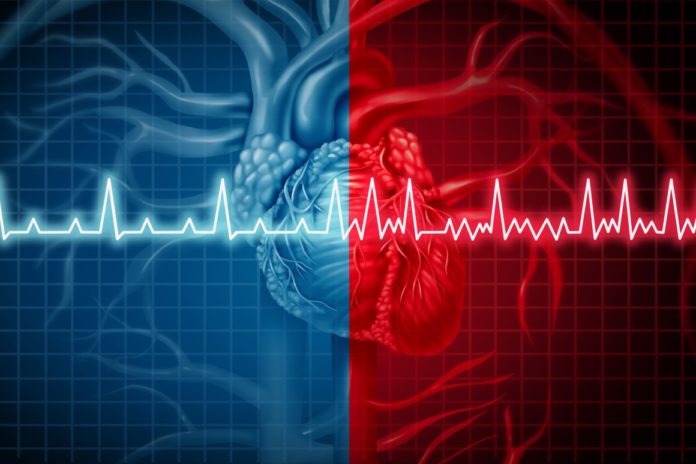Nearly 10 percent of adults over the age of 65 suffer from some kind of congestive heart failure (CHF). There are a variety of different causes for CHF but the fundamental chronic condition generally results from the heart being unable to pump blood effectively through the body.
An algorithm combining high sensitive troponin testing with personal details can help A&E doctors better determine whether patients are having a heart attack, according to new research.
The study, published in medical journal Circulation today, used Abbott’s algorithm on 11,000 patients from the UK, the US, Germany, Switzerland, Australia and New Zealand, to see whether it could help deliver faster and more accurate evidence as to whether patients were suffering from a heart attack.
Developed using machine learning – a branch of artificial intelligence – the algorithm uses a high sensitivity troponin-I blood test, and the time it was taken, to assess the patient’s blood troponin protein levels, combining the results with personal details, such as age and sex, to deliver a bespoke assessment.
It is thought this will help get around two current obstacles in heart attack diagnoses. The first is that women are currently at greater risk of misdiagnosis, because their troponin protein levels can be lower than those of men, and international guidelines for the use high sensitive troponin tests do not always account for sex in results.
Furthermore, these guidelines also advise troponin testing should take place at precise periods of time over 12 hours, which doesn’t take into consideration a person’s age or sex, meaning this could also contribute to inaccurate findings.
The study results showed that the algorithm produced more specific and individualistic results, enabling doctors to make more accurate diagnoses, especially in cases where patients sought treatment in the first three hours of experiencing symptoms.
Agim Beshiri, M.D., co- inventor of the algorithm and senior medical director at Abbott said: “As doctors are bombarded with data and information, this new algorithm takes several of these variables and uses computational power to more accurately provide a probability of that person having a heart attack.”
He added: “In the future, you could imagine using this technology to develop algorithms that help doctors not only better determine if their patient is having a heart attack or not, but potentially before a heart attack occurs.”



















































